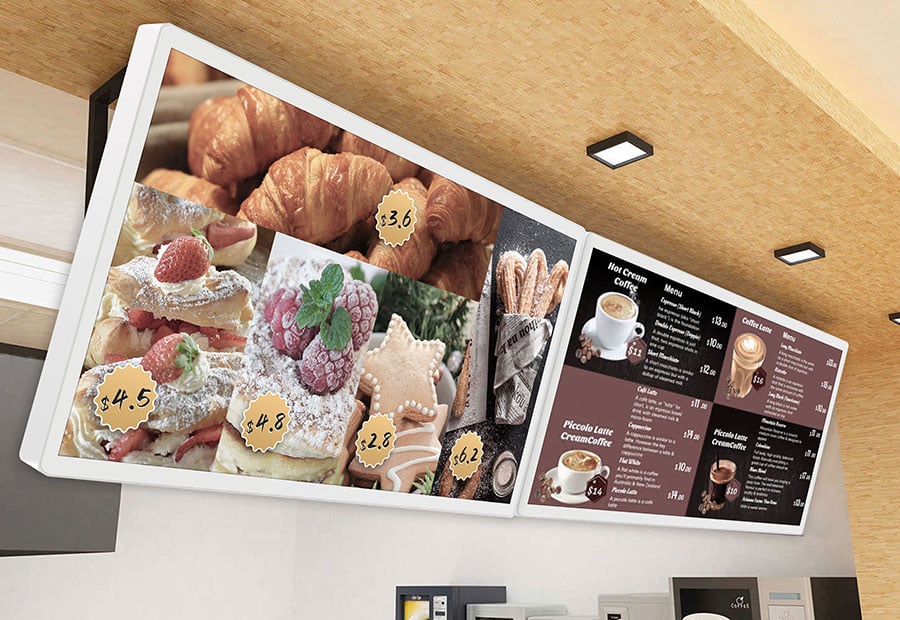Comparing Electronic Paper Displays with OLED and LED
Comparing Electronic Paper Displays with OLED and LED
Blog Article
Display technology is becoming a built-in section of our everyday lives, showing in sets from smartphones and e-readers to large-scale promotion panels. On the list of varied selection of E paper display, OLED (Organic Light-Emitting Diodes), and LED (Light-Emitting Diodes) have surfaced as some of the very commonly discussed options. While every type acts a unique distinctive purpose, their variations in features, effectiveness, and use instances make sure they are ideal for unique applications. Let's take a deeper consider the crucial characteristics of the display technologies.
Electronic Paper displays (ePaper)
Electronic Paper displays, also known as ePaper or Electronic Ink displays, are designed to imitate the appearance and readability of traditional Ink on paper. That engineering utilizes little microcapsules comprising charged black and white contaminants halted in a definite fluid. When an electrical field is applied, the particles move to each side of the capsule, creating a visible image. The image remains fixed till another electrical area is applied, which makes it perfect for displaying text-based material such as for example books, newspapers, and e-readers.

Among the major advantages of ePaper displays is their low power consumption. Unlike old-fashioned LCD
Knowledge Electronic Paper displays
An electronic Paper display (ePaper) mimics the looks of Ink on paper. Unlike old-fashioned displays, ePaper relies on their capability to reveal normal light rather than emitting its own. That technology not merely decreases attention stress but in addition gives unparalleled readability in sunlight, rendering it perfect for e-readers and digital signage solutions.
One standout feature of ePaper displays is their incredibly reduced energy consumption. Because they just use energy when changing content, ePaper monitors are highly efficient and suitable for battery-powered devices. Nevertheless, their renew rates are slower compared to OLED and LED displays, limiting their applicability to fixed or minimally energetic content.
OLED displays
OLED displays are noted for their spectacular visual quality, giving lively colors, heavy blacks, and exceptional contrast. Each pixel in a OLED display produces a unique mild, reducing the requirement for a backlight. That not only permits finer, more light models but also results in greater energy performance in comparison to LED using scenarios.
One essential benefit of OLED displays is their flexibility. They can be made in curved or flip-up models, creating them popular in cutting-edge smartphones and wearable devices. But, OLED screens come with issues, such as for example susceptibility to burn-in and faster lifespans compared to other technologies.
LED displays
LED displays, the most typical of the three, rely on a backlit process to gentle their pixels. While not as creatively striking as OLED E ink sign, LEDs are extremely resilient, long-lasting, and cost-effective. These features make them suited to a greater range of programs, including TVs, pc watches, and outside advertising.
LED displays an average of accomplish well in terms of perfection, creating them a good choice for conditions with large normal light. Nevertheless, they fall short in achieving the same deep distinction and shade precision as OLED technology.

Final Comparison
When choosing between ePaper, OLED, and LED displays, the option depends mainly on the intended purpose. For fixed content like studying or signage, ePaper excels having its minimal energy usage and large presence in normal light. OLED shines in purposes wherever vivid colors and flexibility are paramount. Meanwhile, LED stays a trusted and cost-efficient answer for many different general-purpose needs.
Each display technology provides something unique to the desk, ensuring that there is an ideal option for every situation. Understanding these variations might help consumers and corporations make educated conclusions that suit their specific display requirements. Report this page